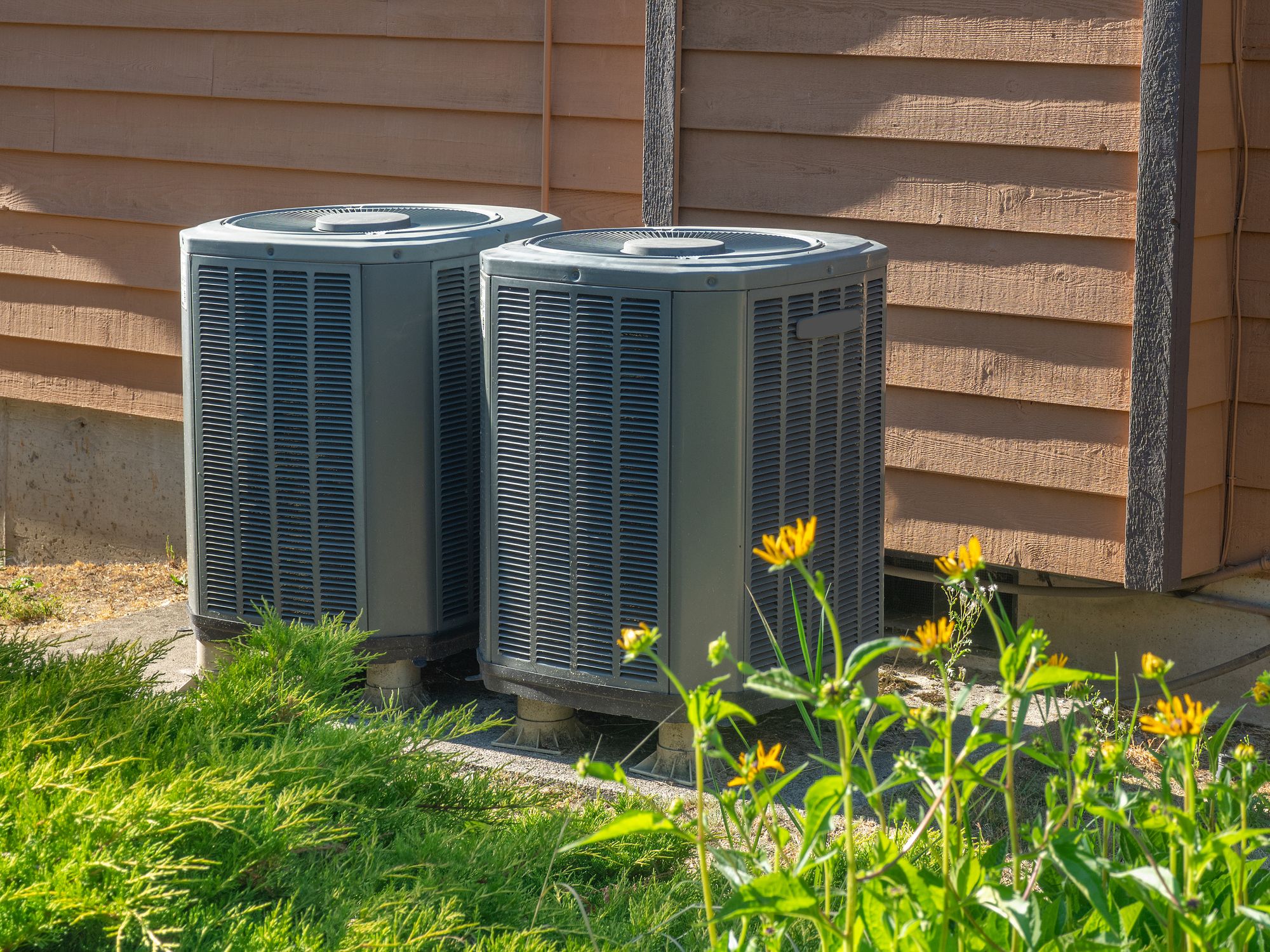Modern VRF systems offer precise control and energy efficiency, but that performance depends heavily on how clean the internal and external components remain. In high-demand environments, dirt accumulation affects not just airflow—but the core logic that drives system response. That’s why detailed HVAC cleaning in Murfreesboro TN isn’t optional for property owners relying on these advanced heating and cooling systems.
Scrubbed Coil Surfaces Stabilize Refrigerant Flow Patterns
Coils are at the heart of refrigerant flow. In VRF systems, clean coil surfaces allow refrigerant to move without disruption, ensuring smooth transitions between heating and cooling modes. Coil fouling from dust or biological growth creates resistance, which forces compressors and sensors to work harder to reach desired temperatures. Over time, this impacts energy consumption and response speed.
Once coil surfaces are scrubbed and clear of buildup, refrigerant absorbs and rejects heat more consistently. VRF units depend on stable flow patterns to modulate capacity efficiently, especially in spaces with fluctuating occupancy. Professional air duct cleaning supports this process by reducing particle recirculation that can end up back on evaporator or condenser coils.
Do Internal Blockages Affect Load Tracking in Older Units
Older VRF systems often struggle with internal airflow blockages that build gradually over time. These obstructions—whether in ducts, coil fins, or filters—reduce the system’s ability to detect and adjust to load changes. As airflow weakens or becomes uneven, zone-specific performance drops and the system may incorrectly assume rooms have reached target conditions.
This false feedback loop forces the compressor to cycle more frequently, undermining the energy-saving benefits of VRF. Cleaning the internal ducts and replacing clogged filters can restore the system’s original efficiency. Finding HVAC cleaning near me becomes a critical step in keeping legacy VRF systems from becoming high-maintenance liabilities.
Reduced Film Buildup Allows Sensors to Read Accurately
Temperature and pressure sensors are essential in regulating refrigerant levels. Dust films or oily residue on sensor surfaces can skew readings, leading to inaccurate outputs. In VRF systems, sensor misreads throw off everything from fan speeds to compressor rhythm.
With thorough HVAC cleaning in Murfreesboro TN, these sensitive components maintain their responsiveness. Clean sensors translate into tighter control over system adjustments, preventing overcooling or short cycling. This ensures that each zone receives the temperature it’s supposed to get, without burdening the system unnecessarily.
Cleaner Fan Blades Help Manage Multi-zone Air Delivery
Fan blades play a more significant role in multi-zone systems than many realize. Accumulated dust changes blade weight and airflow patterns, reducing efficiency across all zones. Dirty blades can cause imbalances, vibration, and even wear down bearings prematurely in VRF handlers or cassette units.
Once cleaned, airflow becomes more predictable and balanced across the entire duct network. That consistency is critical for zoning strategies where different rooms require distinct temperature settings. A clean system supports better control and more comfortable indoor environments, which is why professional air duct cleaner services become indispensable in facilities running high-end VRF setups.
Why Airflow Balance Shifts When Residue Layers Accumulate
Air doesn’t move through dirty ducts the way it’s meant to. Debris layers inside ductwork increase resistance and alter static pressure readings, which VRF systems use to guide damper and fan adjustments. When this balance shifts, the system starts compensating in ways that introduce inefficiency or overcorrection.
Consistent air duct cleaning in Murfreesboro TN eliminates this issue by restoring proper airflow paths. It removes barriers that restrict flow and disrupt automated logic. That kind of reset brings duct networks back in line with the equipment’s original settings and reduces strain on zone-level controls.
What Casing Deposits Do to Inverter Compressor Rhythm
Inverter compressors adjust output based on continuous feedback. If casing deposits interfere with internal airflow or increase internal temperatures, those readings can mislead the control board. The compressor may then operate at higher speeds than necessary or fail to ramp down after a load decrease.
This adds to wear and reduces the efficiency gains typically associated with inverter-driven compressors. HVAC cleaning removes airflow obstructions inside and around casing structures, ensuring natural heat dissipation. In clean systems, compressors cycle more smoothly and respond with better timing.
Less Grime Means Tighter Control over Variable Capacity Settings
VRF systems shine in environments where demand changes often. Their variable capacity features adjust refrigerant flow and fan speeds in real time. But any buildup inside ducts, filters, or coil spaces slows this responsiveness. Air duct cleaners near me help eliminate those slowdowns with regular service. Removing the grime allows the system’s logic to fully engage. Each capacity shift becomes smoother, and setpoints are reached with fewer adjustments. That precision is only possible if the air pathways and internal components are free from the resistance caused by dirt buildup.
Duct Buildup Throws off Heat Transfer and Zoning Logic
Duct buildup acts as insulation, trapping heat where it shouldn’t be and weakening the effect of cooled or heated air where it’s needed. This kind of heat imbalance confuses the zoning system, especially in setups where multiple VRF heads serve multiple rooms. The system responds to bad data, leading to unnecessary cooling or heating.
Regular air duct cleaning in Murfreesboro TN corrects this by clearing the buildup and restoring accurate heat transfer. With ducts flowing freely, VRF units can better distribute treated air, respond to thermostat calls properly, and maintain zoning logic that actually reflects real-world conditions. That alignment helps conserve energy while delivering comfort across the board.

